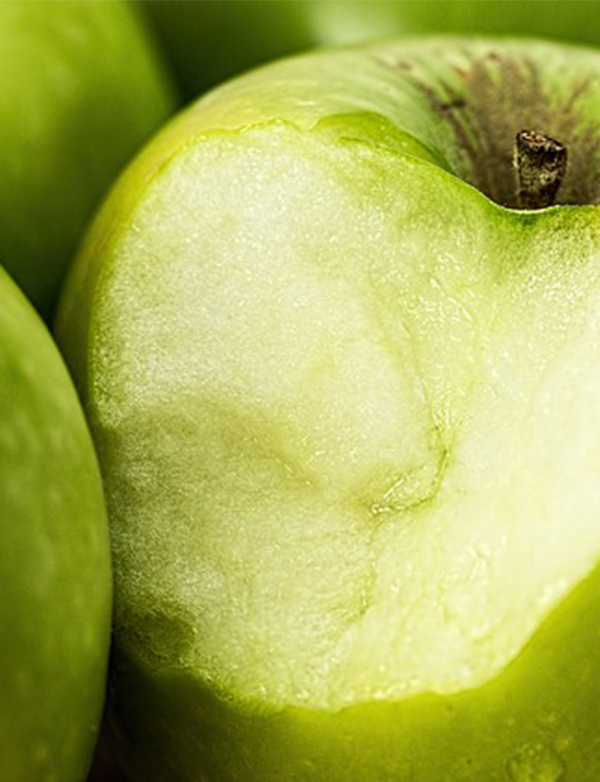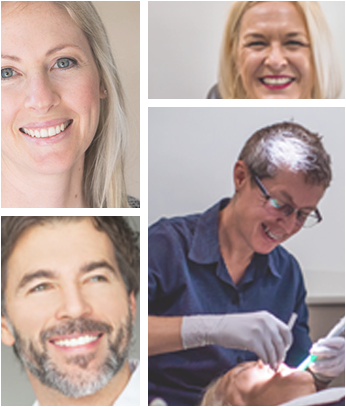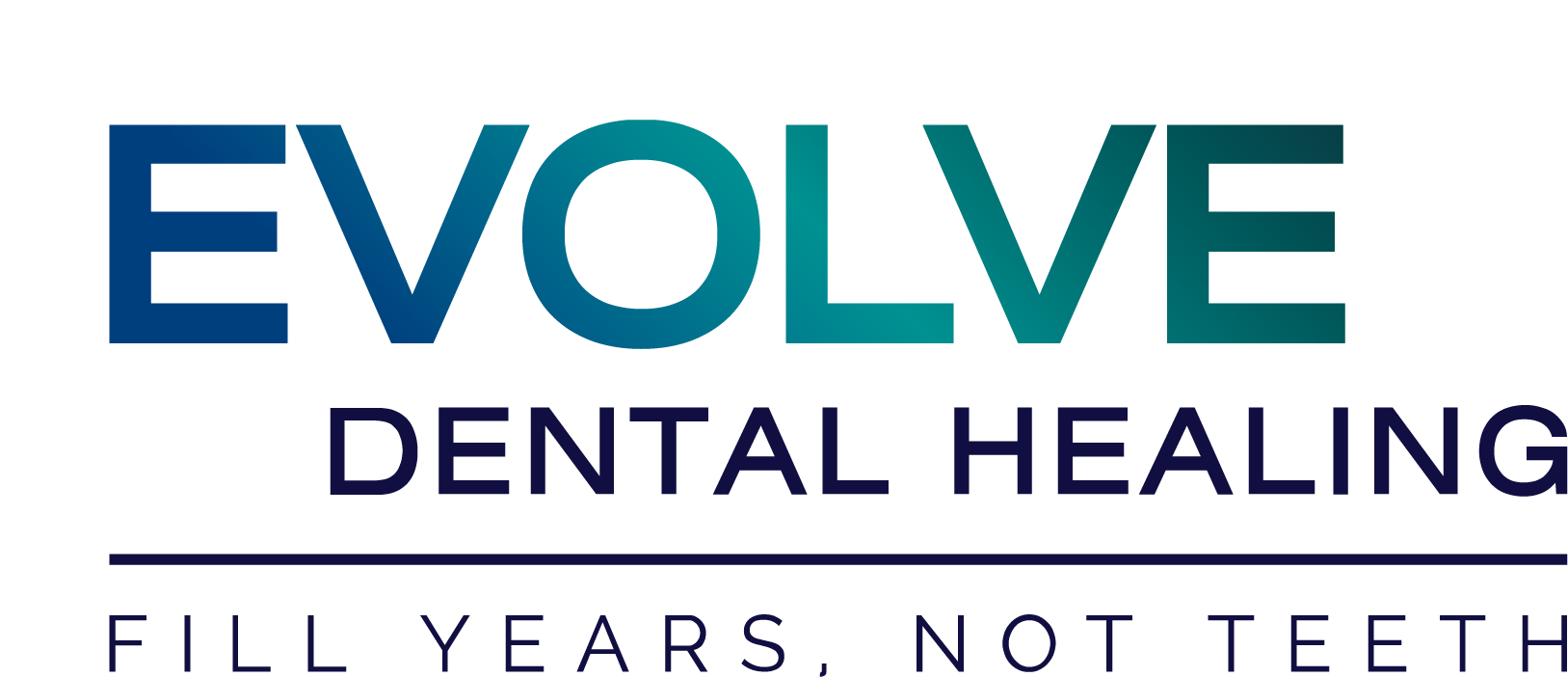Gum Disease Part 3 – Treatment And Prevention

How To Treat and Prevent Gum Disease
In Gum Disease part 1 and part 2, I talked about what gum disease is and what causes it. Today I’m going to focus on gum disease treatment and prevention.
Gum disease is caused by many factors including oral hygiene, health, stress and lifestyle. Nutrition also plays a very important role in gum disease and tooth decay and as a holistic dentist, I have come to learn how important it is to address all aspects of health and not focus purely on toothbrushing and flossing alone.
Why is gum disease treatment so important?
Untreated gum disease can progress to periodontitis which is a more serious form of gum disease. Periodontitis causes bone destruction around the teeth and can lead to dental abscesses, pain, loose teeth and tooth loss.
The inflammation from gum disease and periodontal disease causes an increase in inflammation and the levels of C-Reactive protein (CRP) in the body. Both inflammation and CRP are markers for and are linked to heart disease, stroke, arthritis, diabetes, cancer and Alzheimer’s, premature birth and erectile dysfunction.
The more CRP and inflammation the more at risk you are for developing these serious conditions. So you can see why it’s important to treat and prevent gum problems as soon as we can.
Treatment of Gum Disease
Dentists may treat gingivitis in several ways but the key step is for us to thoroughly clean your teeth and remove all traces of plaque and tartar by doing a procedure known as scaling or a clean and polish as most people would refer to it.
The cleaning may be uncomfortable especially if your gums are sensitive or you have extensive plaque and tartar build up. In these cases, we can use numbing gels or anaesthetics to make the process more comfortable.
Gum disease or gingivitis will normally resolve after a professional clean as long as you do your homework by maintaining good oral hygiene with your brushing and flossing every day. Where indicated I would also recommend a mouthwash that is antibacterial and contains antioxidants as well as brushing and flossing.
It is normal at first that your gums will continue to bleed after brushing but that normally settles down after a few days. Stick with your new oral hygiene routine and you will soon see your gums return to pink and healthy.
Crowded teeth, old fillings, poorly fitting crowns and bridges and partial dentures make it harder to remove plaque so there are times when we need to address these problems too to ensure your gums stay in the best of health.
Having healthy gums automatically improves the appearance of your teeth making them look whiter and healthier.
My holistic approach to treating and preventing gum and dental disease also involves addressing lifestyle factors, stress, sleep and nutrition.
Gum Disease Prevention
Keep your mouth clean and healthy by practising good oral hygiene from an early age. This involves brushing your teeth twice daily and flossing once a day, using a good quality mouthwash and cleaning your tongue.
Flossing and brushing should take around five minutes to complete if done properly.
Use a soft toothbrush so as not to damage your gums and brush gently. Replace your toothbrush every 3-4 months or more regularly if the bristles become splayed out. Consider using a high-quality electric toothbrush as studies show they are more effective at removing plaque and keeping your gums healthy than a manual brush.
Brush like its a matter of life or death. Brushing is no good if it is not done correctly. You need to take your time, be methodical and clean each surface several times to remove that sticky plaque build up.
Floss, floss, floss, floss. I don’t care how many times you’ve heard it but no matter how much we hate it flossing is the most effective and perhaps only way to remove plaque and food from between the teeth.
Your toothbrush simply will not get in there. So get yourself and length of floss hold it taut and bend it around each tooth in turn in a C shape sliding it up and down each side of every tooth. The floss should slip slightly below gum line too like cleaning under your fingernails. This removes plaque from the space between your gum and your tooth and massages the gums which help keep them healthy.
Brushing is more important than toothpaste. No matter what claims there are on the packet all toothpaste remove plaque when you brush your teeth properly and effectively. It’s the brushing action, not your toothpaste that removes plaque. Oh and to clarify in case you find it confusing anti-tartar toothpaste cannot remove tartar this needs to be removed by your dentist.
See your dentist. Just as having your car regularly serviced is important to keep it in good running order, regular trips to your dentists for check-ups and cleanings are important to keep your mouth healthy and in great condition.
Good oral hygiene and optimal health and nutrition are the keys to preventing dental disease and I will expand on this in my next post gum disease part 4.
If you are concerned about your gum health or have any dental questions please contact us to schedule an appointment.
-
Dr. Rachel Hall
Rachel is the founder and principal dentist at Evolve Dental Healing with over 30 years experience, practising holistically since 2001. Not your typical dentist, Rachel is a passionate opinion leader, challenging convention to empower people to make better dental and health choices, helping thousands to have healthy natural smiles. A respected writer and presenter on holistic dentistry, health and wellness it is Rachel’s mission to revolutionise the way people look at their dental health.
Talk to us for more details and information
CONTACT US
67 Kenmore Road
Kenmore Queensland 4069
Phone: 07 3720 1811
Fax: 07 3720 1899
Email: info@evolvedental.com.au
OPENING HOURS
Monday – Friday: 7:30am – 5:30pm
References and Citations Mercury & Amalgam Fillings




